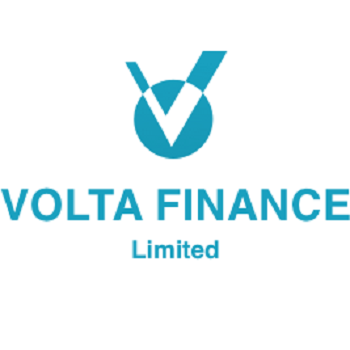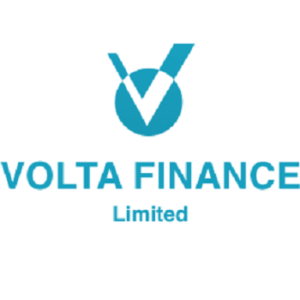Structured finance is an investment method focusing on collateralised debt obligations (CDOs) and collateralised loan obligations (CLOs), which often include assets like mortgages and auto loans. These investments are commonly known as asset-backed securities. The process of securitisation involves pooling these assets to create financial securities that are sold to investors.
A key aspect of structured finance that many investors find confusing is tranching. This process allows for the creation of a class of securities with a higher rating than the average of the underlying collateral, potentially obscuring the full extent of the risks involved. As a result, investors may purchase securities based on the rating of the class without fully understanding the associated risks.
One of the main types of structured finance products is principal-protected notes, which can be linked to various investments such as indices, stocks, or commodities. These notes promise that the investor’s initial principal will be returned, regardless of the performance of the underlying investment. If the investment performs well, the investor also benefits from any gains. These notes are marketed as low-risk because the principal is guaranteed, typically by a bank. However, notable failures, such as the Lehman Brothers bankruptcy, highlighted the risk when firms did not fully disclose financial issues affecting the security of these notes.
Another type of structured product is reverse convertible notes, often tied to a specific stock, an index, or a basket of stocks. Upon maturity, investors either receive their full principal investment or a predetermined number of shares in the underlying company. However, reverse convertible notes linked to low-quality stocks can lose value during the note’s life, exposing investors to significant losses.
Structured finance involves complex investment products that can offer attractive returns but also come with hidden risks. Investors need to fully understand these risks, especially when investing in products like principal-protected or reverse convertible notes, where losses can occur despite the appearance of safety.
Volta Finance Ltd (LON:VTA) is a closed-ended limited liability company registered in Guernsey. Volta’s investment objectives are to seek to preserve capital across the credit cycle and to provide a stable stream of income to its Shareholders through dividends that it expects to distribute on a quarterly basis.



